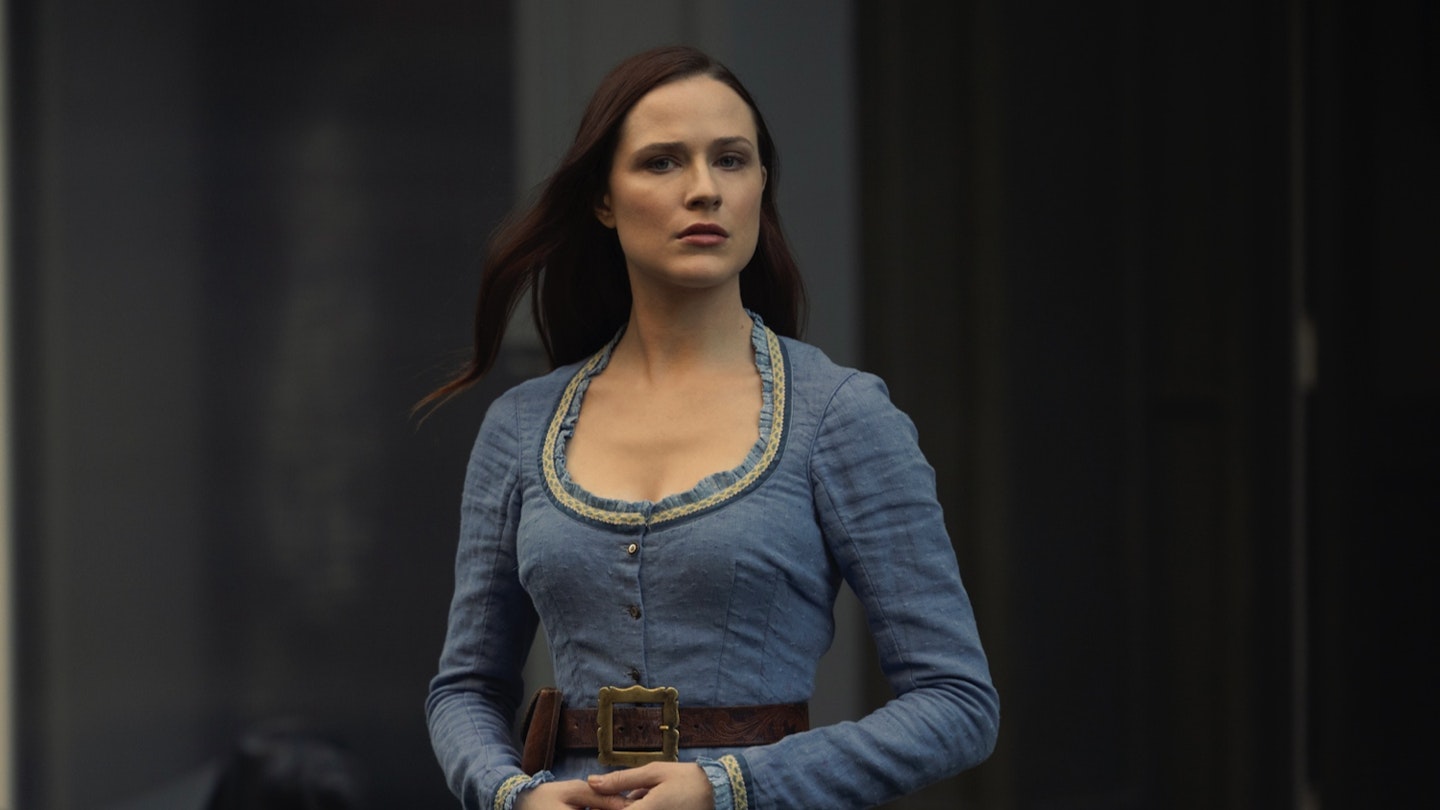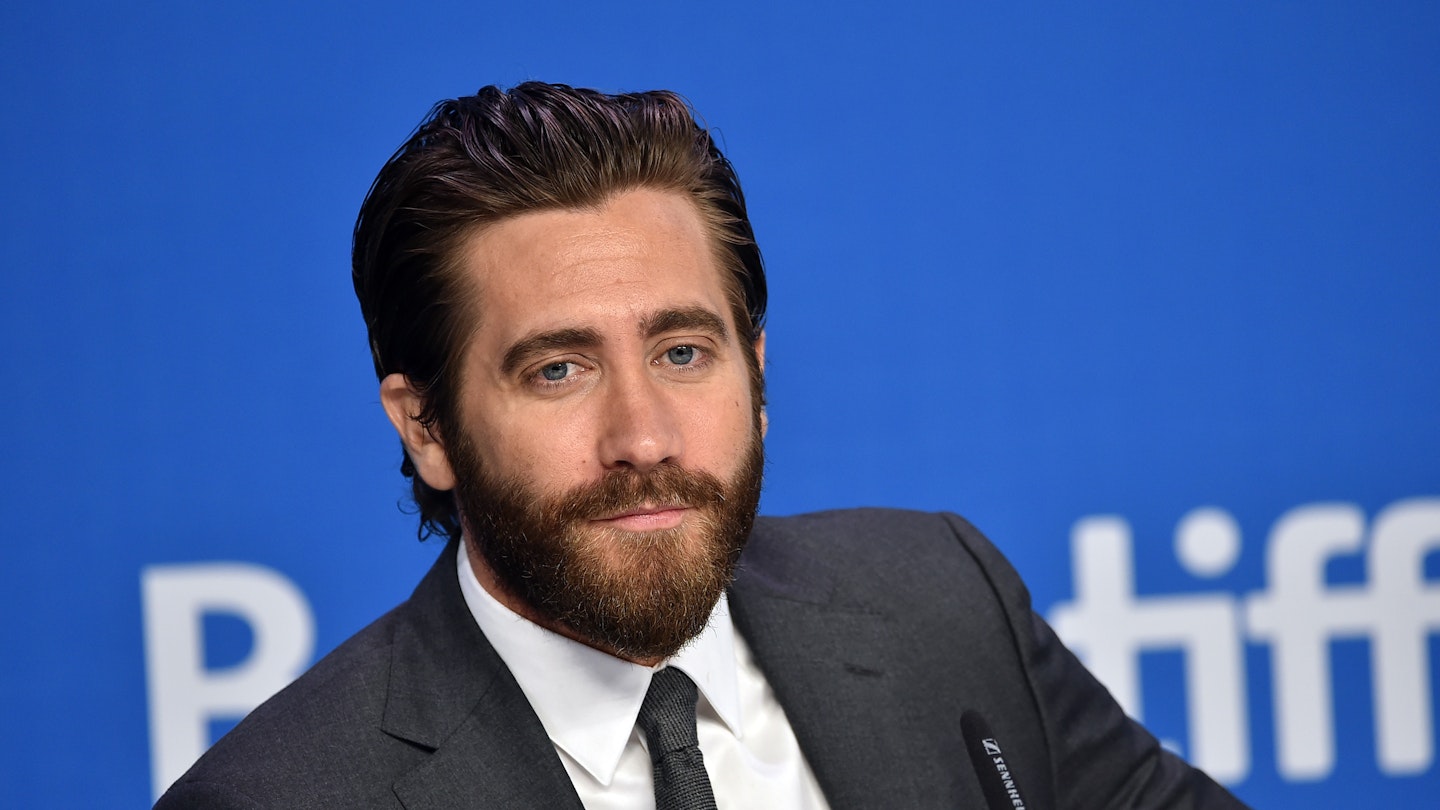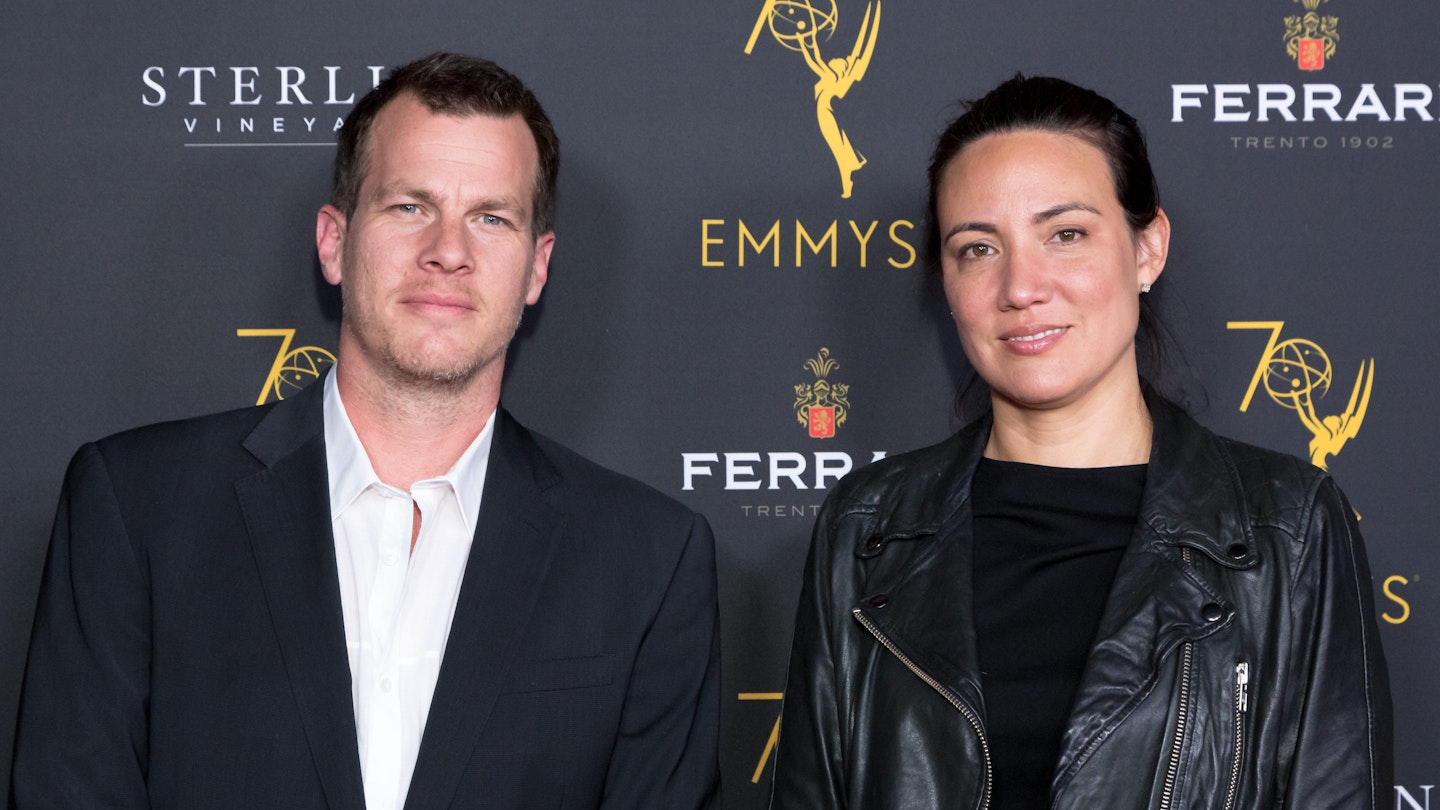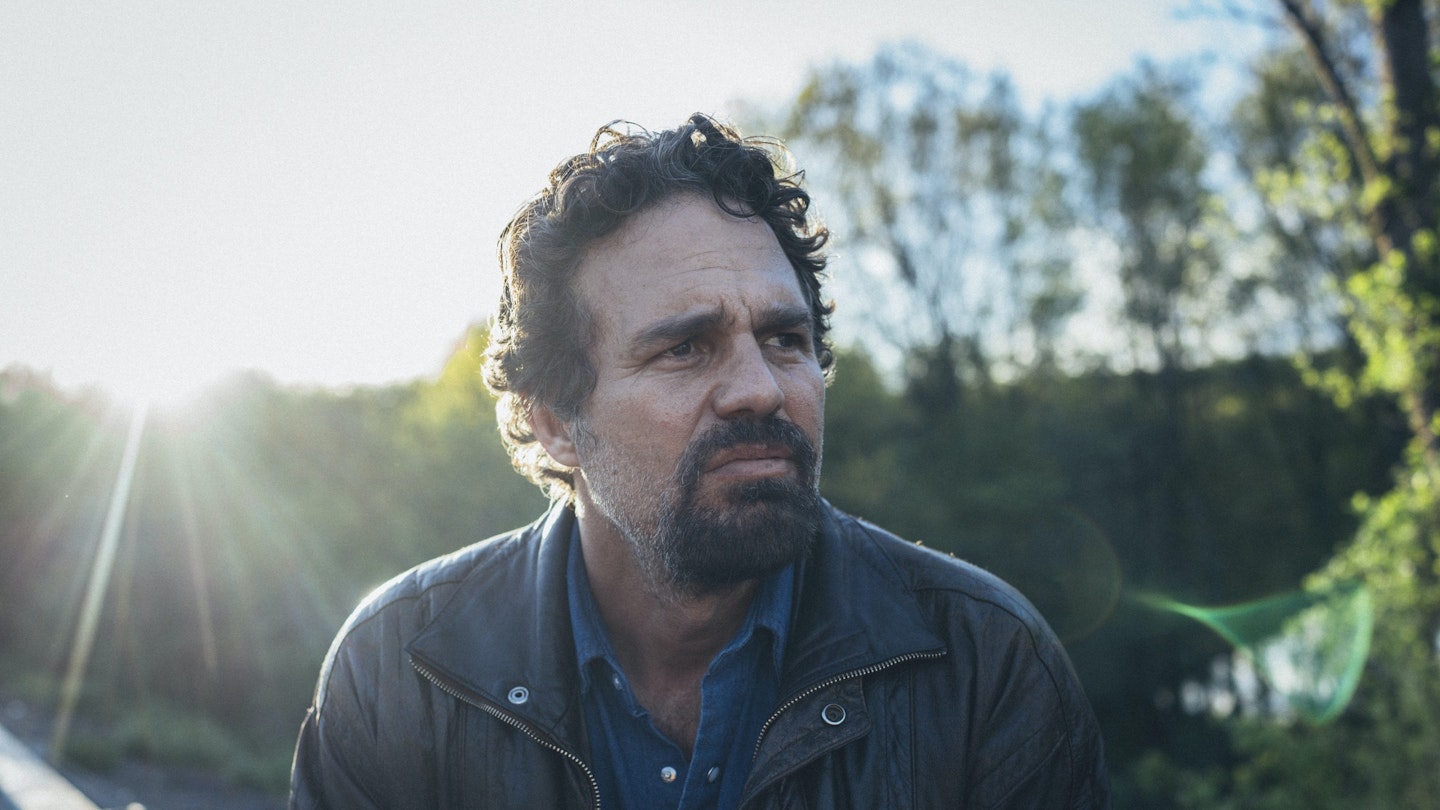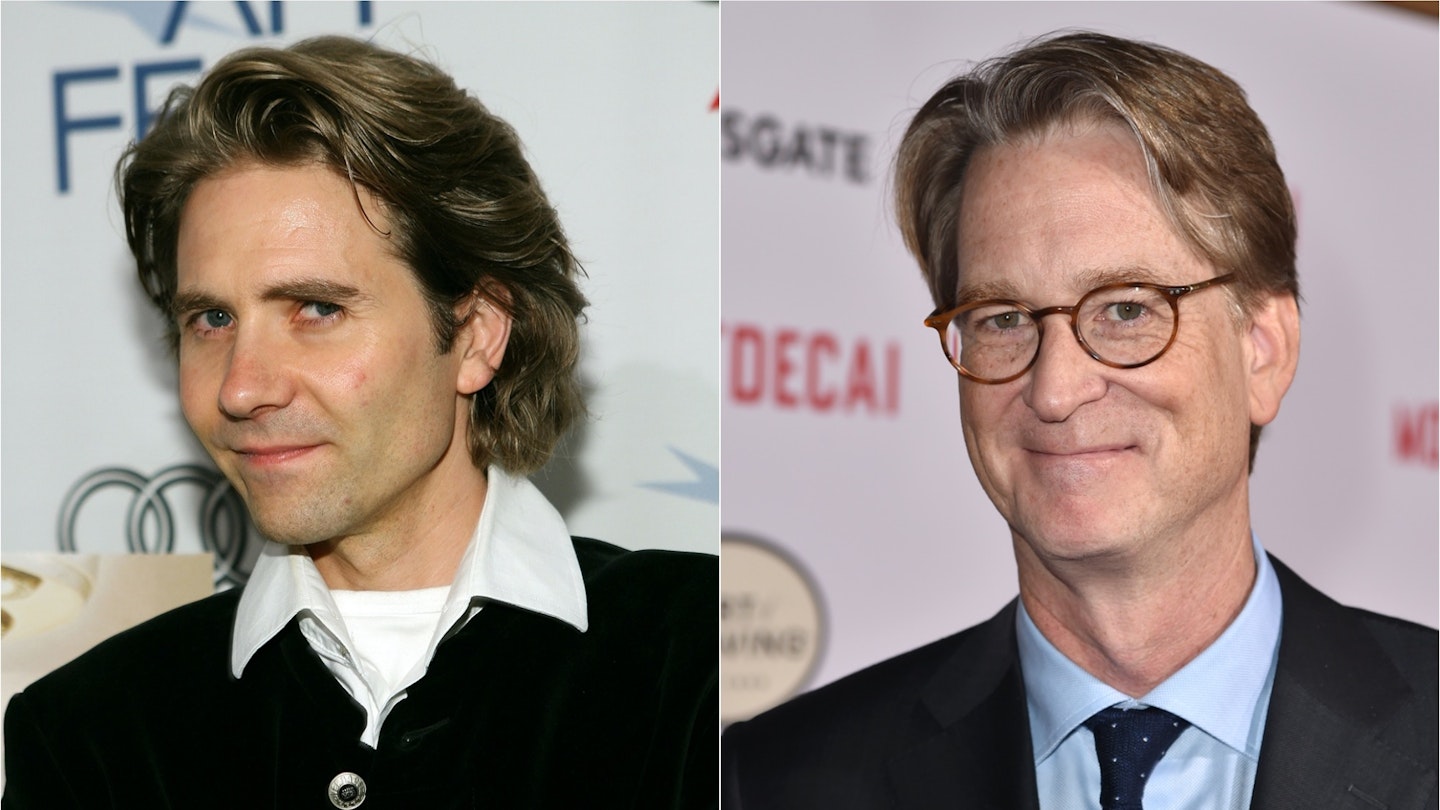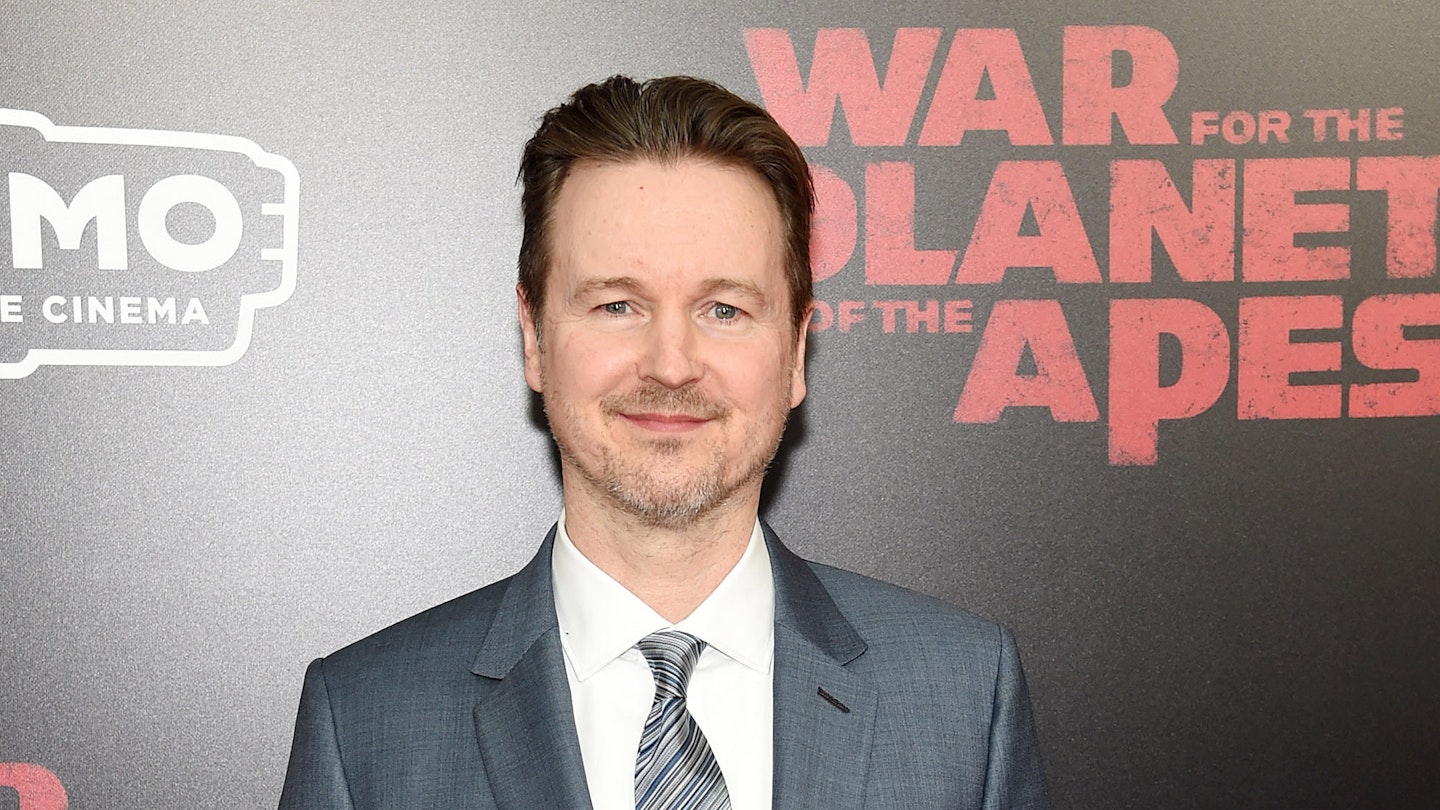Streaming on: Sky Atlantic/NOW
Episodes viewed: 4 of 8
It is a truth universally acknowledged that you can rarely have enough Ed Harris. Westworld’s slightly polarising third season, which dropped the rawhide and spurs for a glass-and-steel, Tesla-powered cityscape, upended the show in a number of ways, but the vastly reduced presence of Harris’ scowling killer was a heavy blow. Lisa Joy and Jonathan Nolan lay their psycho stall out early in this latest instalment, though, which opens with Harris centre stage in a ‘negotiation’ that makes Don Corleone look like a contestant on Dragons’ Den. Of course, it’s unclear why any of this is taking place, how he’s alive, or what in the great Sublime is actually going on at all, but that’s to be expected — this is Westworld, after all.
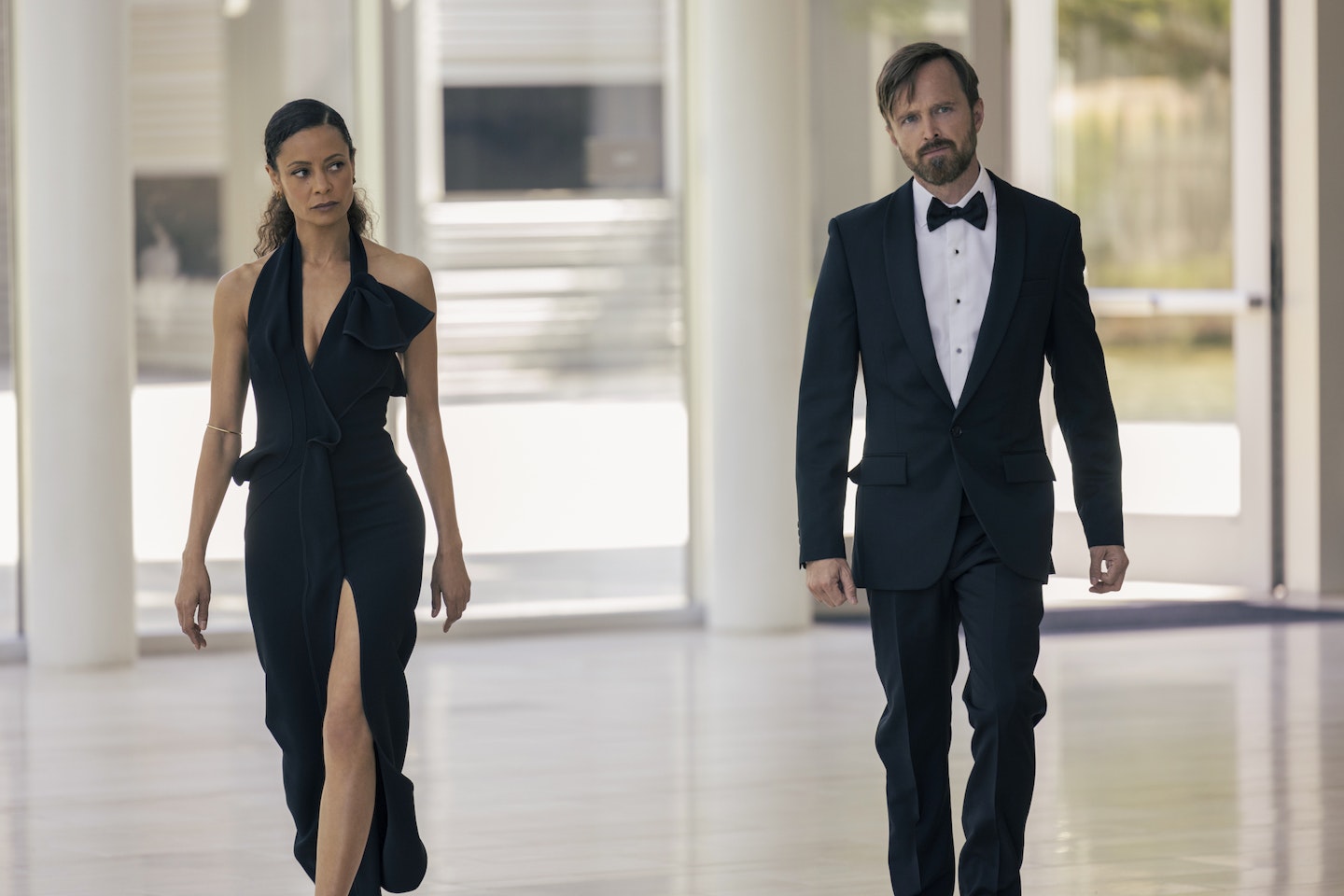
After expanding its intricate puzzle box over the first two seasons, the show took a bold left turn with Season 3. Exploring life outside its eponymous theme park, the show toyed with the notion of what ‘real’ is (only slightly undercut by Alex Garland’s Devs, which offered a competing, concurrent take on the same subject), but lost the park’s compelling world-within-a-world mystery, relying instead on dense, labyrinthine plotting. Season 4 swirls the best parts of these flavours together, maintaining the Black Mirror future, while reviving the mystery element and keeping us perpetually off-balance by subverting expectations rather than elliptical storytelling.
This continues to be one of the most aesthetically dazzling shows on television.
With the board completely reset by a seven- year time jump, we are reintroduced to once familiar characters via a series of intertwining narratives. Maeve (Thandiwe Newton — the show’s acid-tongued MVP) and Caleb (Aaron Paul) have been targeted by William (Harris), who is aggressively tying up loose ends while expanding his influence. Bernard (Jeffrey Wright) has spent years in the Sublime (Season 2’s take on silicon heaven), emerging, Stephen Strange-like, with knowledge of all possible futures and on a mission to find the only ‘variant’ that leads to a positive outcome. Meanwhile, Dolores (Evan Rachel Wood), who was deleted at the end of Season 3, is now a mousy, awkward woman named Christina, working as a writer of video-game NPCs (subtext alert!) and receiving threats from an unlisted number.
The mystery of quite what is going on in each of these strands unfolds slowly, meditating on the nature of self, while teasing enigmatic hints without ever courting frustration. Meanwhile, a return to familiar livery from earlier seasons (new park, new hosts, new anachronistic covers of chart-topping bops), combined with several whiplash-inducing rug-pulls, ensures viewers are wrong-footed and captivated in equal measure. Add to all that a thread of hard paranoia as (upgraded) hosts replace inconvenient humans, sinister flies herald death, and the early seasons’ central conceit is artfully, chillingly inverted.
Beyond that, this continues to be one of the most aesthetically dazzling shows on television — a vision of glossy skyscrapers, pristine interiors and immaculate costume-work. For anyone feeling fatigued by the LED -wall limitations of recent sci-fi output, Westworld’s expansive sets and glorious locations are a balm for the senses, just as its re-invigorated storytelling is one for the soul.

